Ethiopia’s Omo Valley is home to some of the most fascinating and ancient cultural practices in the world, with tribes like the Surma, Suri, and Mursi preserving traditions that date back generations. Among these, the practice of wearing lip plates is one of the most recognizable and symbolic aspects of their identity. But what do these lip plates signify, and why are they so important? Let’s dive into the rich history, symbolism, and modern-day interpretations of this unique tradition.
Who Are the Surma, Suri, and Mursi Tribes?
Located in the remote Omo Valley, the Surma, Suri, and Mursi tribes are known for their vibrant cultures, artistic body adornments, and dedication to their ancestral ways. These tribes are semi-nomadic, relying on cattle herding and small-scale farming for their livelihood. They are also skilled warriors and hold their traditions and customs in high regard.
While the Surma, Suri, and Mursi have distinct identities, they share similarities in customs, particularly in body modification practices that express social status, beauty, and cultural pride.
The Tradition of Lip Plates
The use of lip plates, or dhebi a tugoin in the native language, is one of the most iconic traditions among these tribes, especially practiced by women. Beginning in adolescence, young women undergo a ritual where their lower lip is pierced, and a small wooden or clay plate is inserted. Over time, the size of the plate is gradually increased, stretching the lip.
Lip plates are typically worn by women in both the Surma and Mursi tribes and represent a unique combination of beauty ideals, social status, and tradition. The size of the lip plate can be symbolic; larger plates are often associated with greater social standing or beauty.
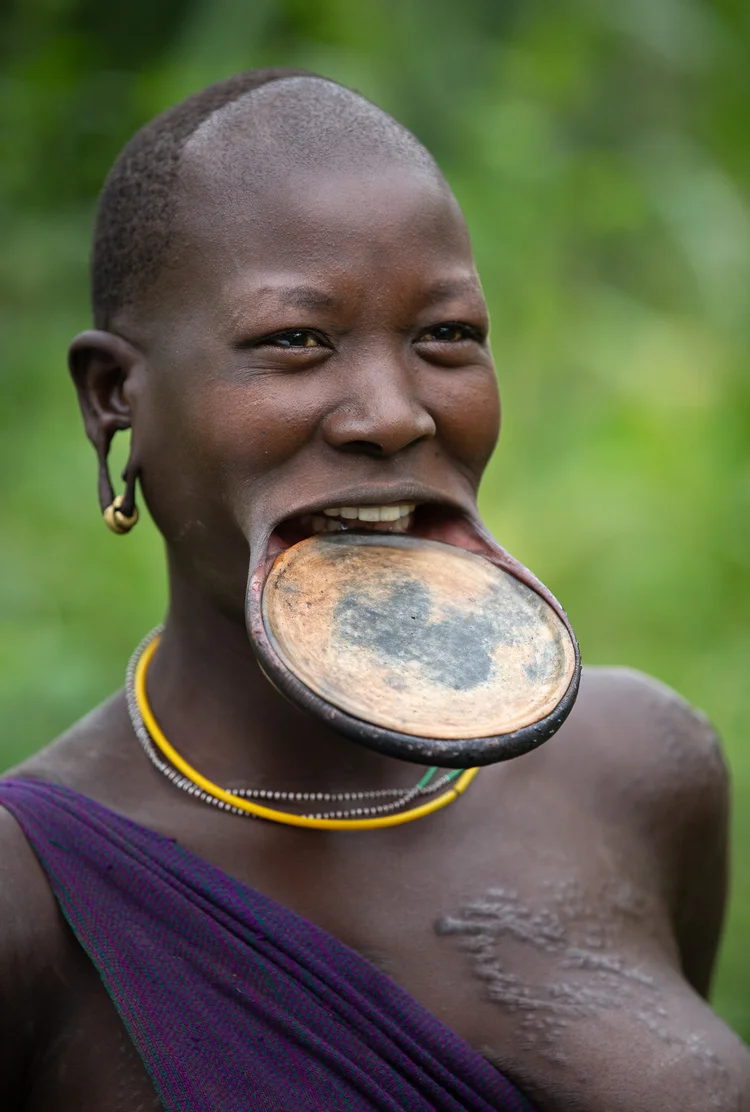 |
| Ethiopia Suri Tribe Lip plate woman Surma. |
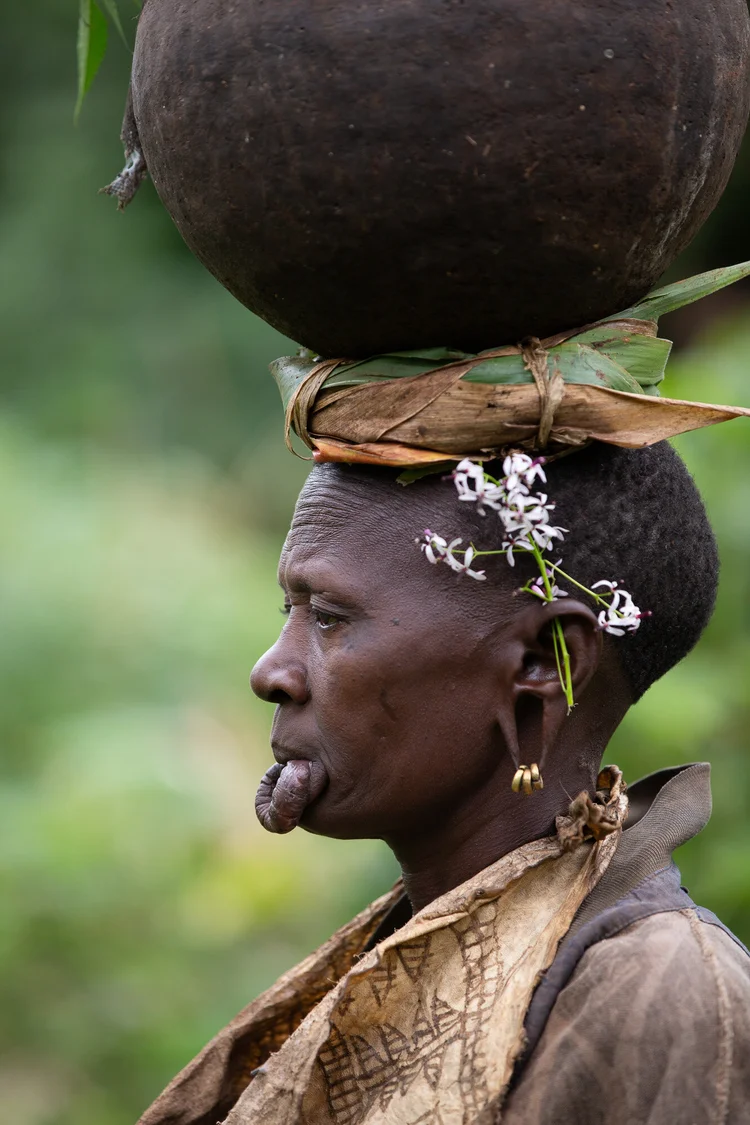 |
| Suri tribal woman portrait Omo Valley. |
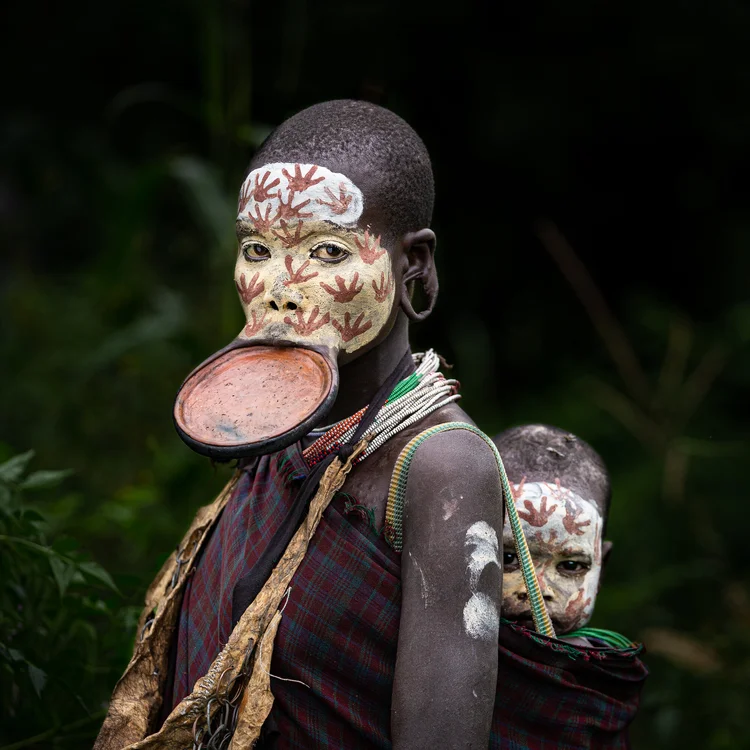 |
| Ethiopia Suri Tribe mum and baby with lip plate and face painting. |
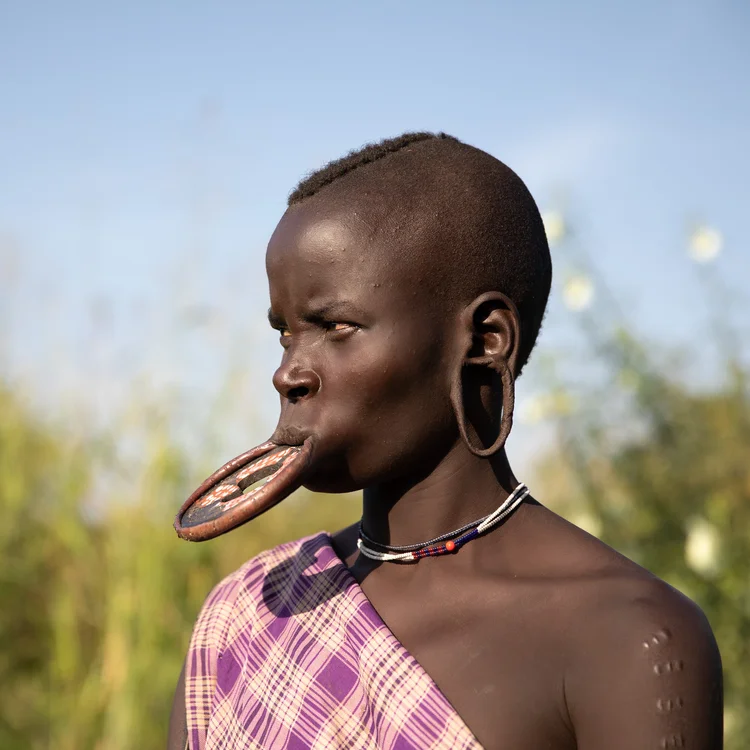 |
| Ethiopia Mursi tribe woman with tribal lip plate. |
For these tribes, lip plates serve multiple symbolic purposes:
- Beauty Standards: In the Surma and Mursi cultures, lip plates are a sign of beauty and are highly regarded by the community. The larger the plate, the more beauty and status a woman is considered to possess. This cultural standard is deeply ingrained, representing a significant aspect of identity and pride.
A decorated Mursi Tribe lip plate. - Marriage Value: Lip plates can also be linked to marriage customs. Traditionally, the size of a woman’s lip plate can influence her bride price, measured in cattle, which are vital for economic survival in these tribes. A larger lip plate is often believed to command a higher dowry, symbolizing the woman’s strength and resilience.
- Cultural Identity and Heritage: Wearing a lip plate is a profound marker of cultural identity for the Surma, Suri, and Mursi tribes. This ancient tradition serves as a reminder of their heritage and connection to their ancestors, offering a sense of belonging in a rapidly changing world.
The Process of Creating Lip Plates
The process of stretching the lip is gradual and requires patience and resilience. Once a girl reaches adolescence, her lower lip is cut, and a small wooden or clay plug is inserted to begin the stretching process. Over the years, larger plates are used to expand the lip further, eventually reaching diameters of up to five inches or more.
Lip plates can be made from different materials, with clay being the most common. Women often personalize their plates with decorative carvings or colors, adding an artistic touch to this traditional practice. It’s common for the lip plate to be removed when eating or sleeping, as the practice is primarily a social and ceremonial display.
The Cultural Significance of Body Art in the Surma, Suri, and Mursi Tribes
Beyond lip plates, body art plays a vital role in the cultural expression of these tribes. From intricate scarification patterns to body painting with natural pigments, each element tells a story of belonging, strength, and beauty. Scarification, often practiced alongside lip plate use, is typically a rite of passage for men and women alike. The raised scars are seen as marks of resilience and are often created in elaborate designs that showcase the tribe’s rich artistic heritage.
|
Today, the practice of wearing lip plates is a subject of fascination and curiosity. As Ethiopia becomes more accessible to tourists, visitors from around the world are introduced to the customs of the Omo Valley tribes. However, this attention has also led to challenges. Some young people feel the influence of modernization, and a small number may choose not to continue the tradition due to the discomfort and societal shifts.
Yet, many Surma, Suri, and Mursi women proudly wear lip plates as a badge of cultural pride and resistance against homogenizing forces. For these tribes, lip plates are more than mere accessories—they are symbols of identity, strength, and continuity in a world that continues to change.
For visitors to Ethiopia’s Omo Valley, respectful engagement with the Surma, Suri, and Mursi tribes is essential. Cultural understanding and sensitivity are vital when observing or learning about the lip plate tradition and other customs. Recognizing the importance of these practices within the cultural fabric of these communities helps foster respect and appreciation.
If you’re planning a trip, consider engaging with local guides who can provide valuable insights while supporting the communities that maintain these unique traditions. Photography and interactions should be done with permission, respecting the tribes’ values and perspectives on their culture.
The Future of Lip Plates and Ancient Traditions
As the world modernizes, the Surma, Suri, and Mursi tribes stand as testaments to the strength of ancient traditions. Their customs and identity continue to inspire fascination and respect among those who learn about them. While some traditions may evolve over time, the pride in their cultural heritage remains strong.
In a world of increasing global homogenization, the lip plates of the Surma, Suri, and Mursi tribes are more than an ancient custom; they are a profound reminder of the beauty of diversity and the importance of cultural preservation.
Beyond Borders brings these stories to life, highlighting the beauty and significance of customs that stand the test of time. Through respect, curiosity, and understanding, we can celebrate and support the cultures that make our world rich with diversity.



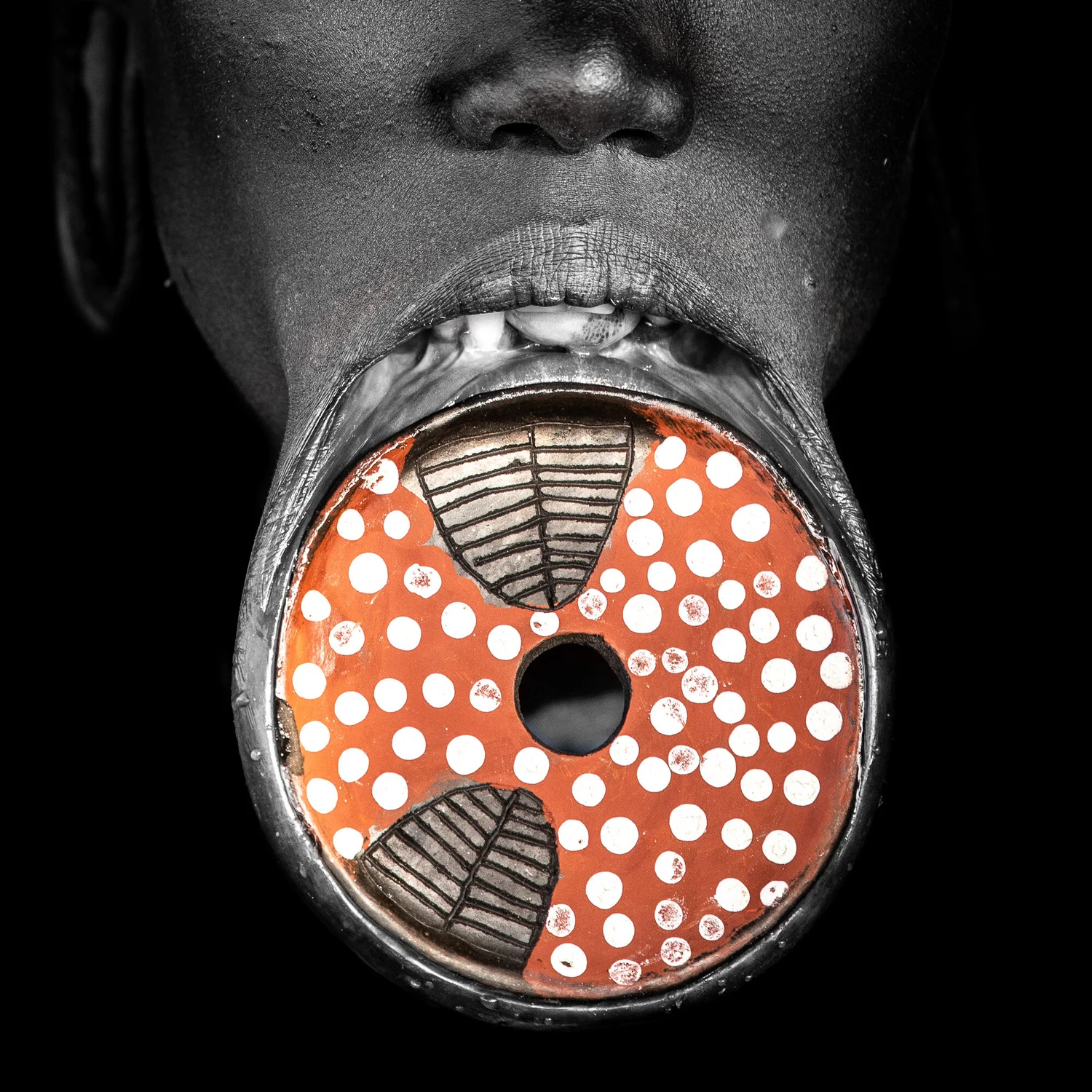
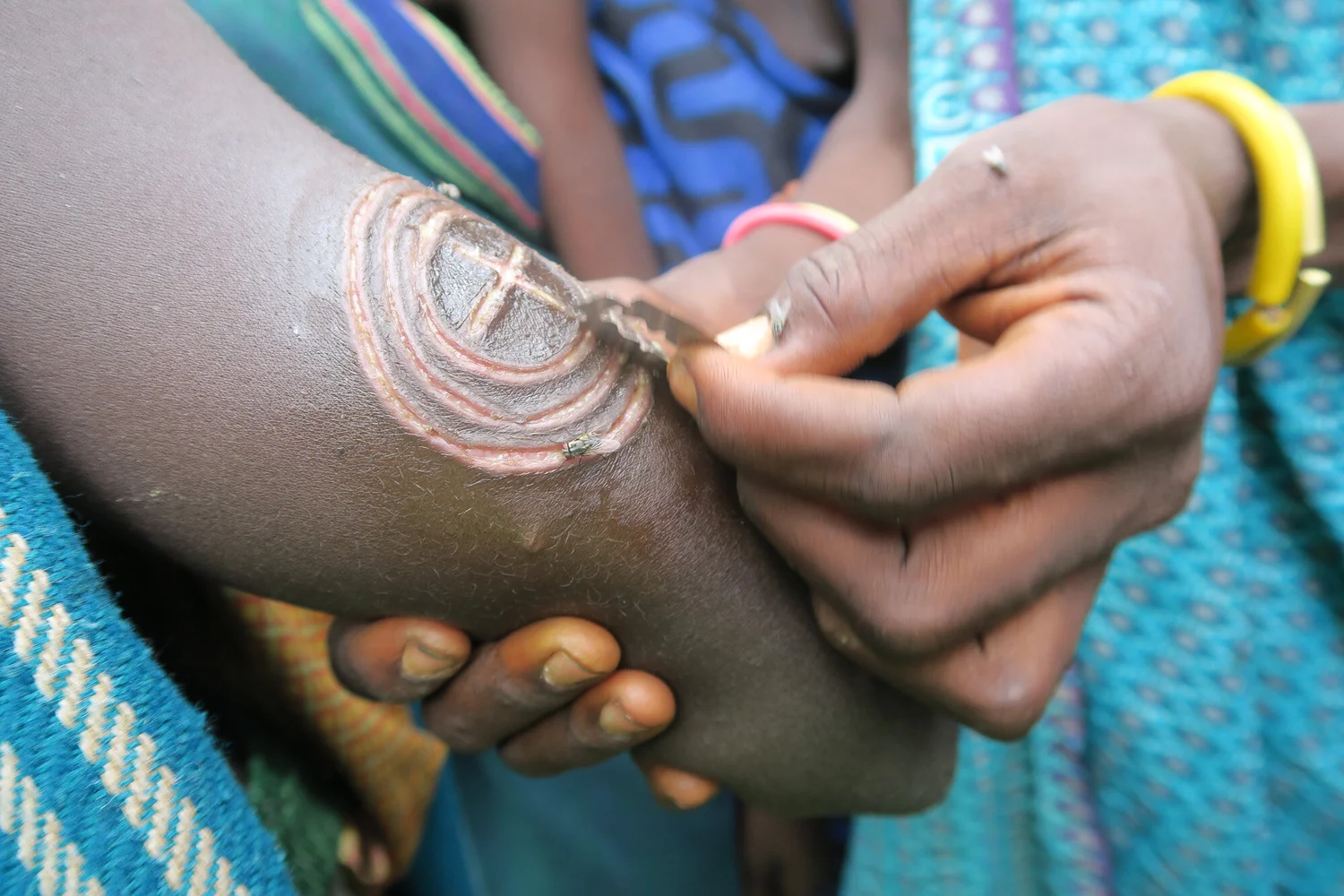
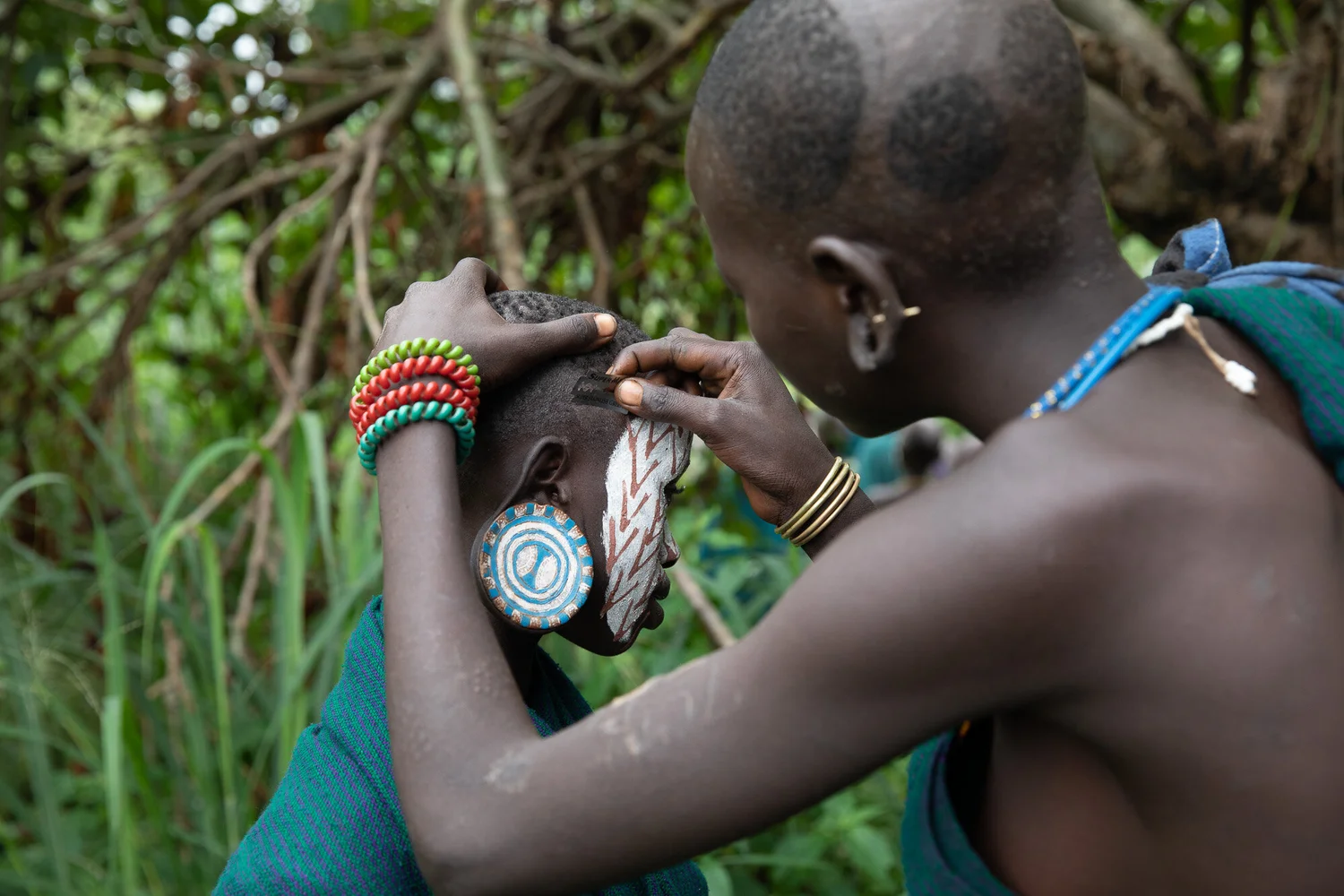
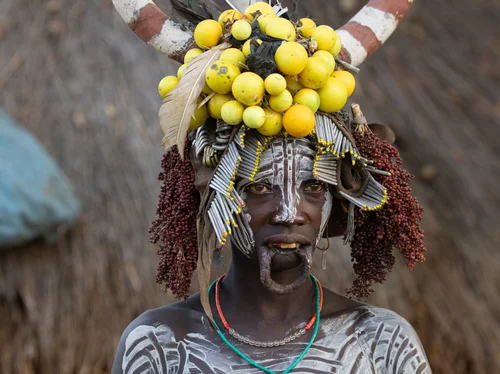
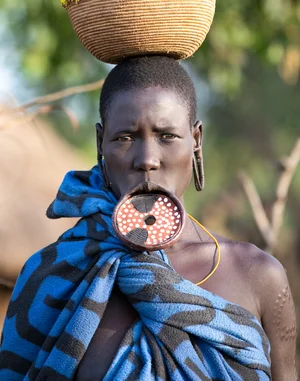


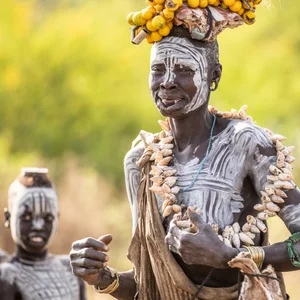
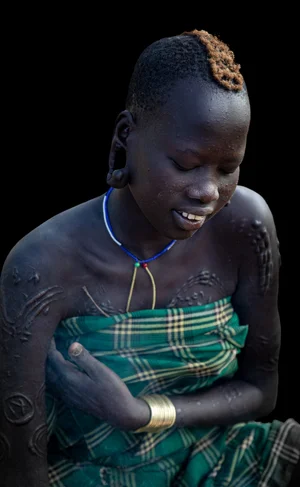
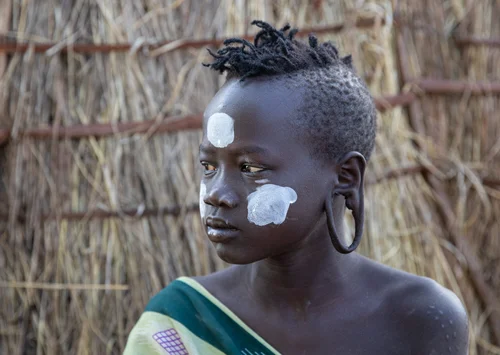
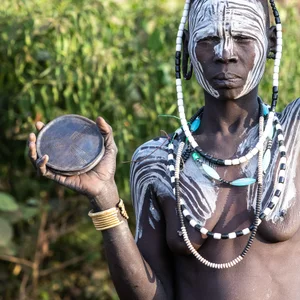

0 Comments
Have thoughts or questions? Share your insights below and join the journey back in time to discover the world’s enduring traditions!